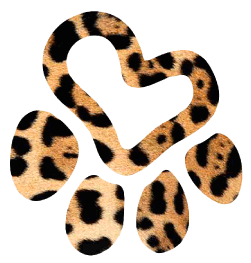More than
About Us
Objectives and Results
Since 2011, we have collected data and assembled information to grasp a better understanding on jaguar behavior, as well as discover better conservation strategies for the biggest feline of the Americas.
Among these discoveries, some statistics illustrate our history and mission:
300
jaguars identified
More than
3400
jaguar sightings
Biological samples collected from
32
different jaguars
50
radio-collars installed for monitoring
Goals:
- Conserve the biodiversity of the areas in which we operate;
- Socioeconomic development of the regions in which we operate;
- Transformation and upgrade of the Pantanal culture;
- Increased scientific knowledge about jaguars;
- Consolidation of ecotourism as a tool for conservation;
- Increase the number of visitors in the Pantanal and Cerrado;
- Reintroduction of jaguars into nature.
photo: Edu Fragoso
How we are making a difference
With the development of ecotourism, we have also improved an entire community. More tourists mean additional income for local communities, more job opportunities and greater career options.
The daily work of monitoring jaguars allows us to collect data never before observed in the wild. This information plays a vital role towards better understanding the relationship between species, and assists us in creating the best strategies for biodiversity conservation.
The rehabilitation work and reintroduction of jaguars into the wild could be the key to saving the critically endangered populations of jaguars, such as cats from the Atlantic Forest. We have managed, for the first time in history, to successfully reintroduce jaguars into nature. This success has been confirmed with the discovery of the birth of jaguar cubs, born in nature.
We have expanded our work in the Pantanal to three other Brazilian biomes: Amazon, Cerrado and Atlantic Forest. Our goal is to be present in all biomes, extending to the Pampas and Caatinga in the near future.





